August has arrived in Italy, which means chiuso per ferie (closed for the holidays) signs are starting to pop up in the shuttered shopfronts of towns and cities across the country.
Each summer, there’s an annual exodus from urban centres as locals flee their simmering asphalt jungles for the cooler climes of the coast – and Rome’s no exception.
READ ALSO: Ferragosto: Why the long August holidays are untouchable for Italians
But if you’ve unwittingly booked your holiday to coincide with the capital’s emptiest and sweatiest season, don’t despair: there’s still plenty going on.
Here are ten things to do in Rome this August.
Go sales shopping
Shopping sales, or saldi, are closely regulated in Italy, with only two big sales allowed per year.
This year’s summer sales season in Lazio, the region where Rome is based, runs until August 15th.
Until then you can browse the sales at your leisure, taking advantage of the lack of other shoppers to snap up items locals have missed.
READ ALSO: What you need to know about sales shopping in Italy
Chill on the Tiber with Lungo Il Tevere
Lungo Il Tevere, a series of summer events and food and drink stalls along the Trastevere section of the River Tiber, runs from mid-June until the end of August every year.
From 7pm each evening you can have an aperitivo or even a meal at one of the pop up restaurants overlooking the river, browse stalls selling clothing and trinkets, and play table football.
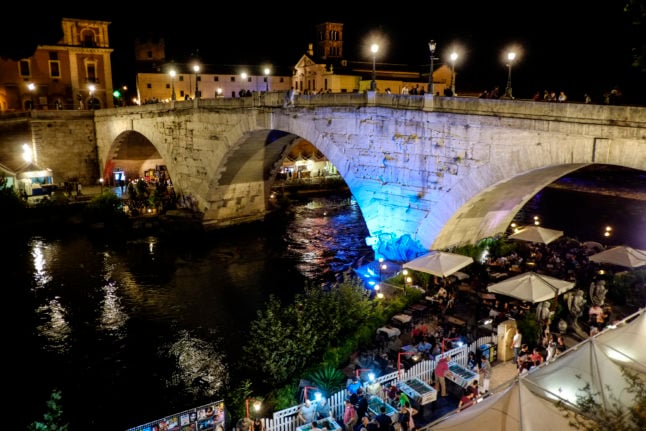
READ ALSO: What changes about life in Italy in August 2022
From around 9pm until 2am, a nightly events programme kicks off that includes film screenings, discussions, presentations and musical performances.
Outdoor cinema screenings
Many of Rome’s outdoor cinema programmes close at the end of July, but there are a few that run into August.
One is the Caleidoscopio programme, which is held in an open air ‘cinema’ at Villa Borghese from June 9th to September 19th, including throughout the month of August. Most non-Italian films will be shown in the original language with Italian subtitles.
READ ALSO: The 7 signs that August has arrived in Italy
Tickets are free, but are first come, first served: to secure a seat, attendees should go to the ticket office within two hours of the film’s start time of 9pm.
Lungo Il Tevere is also screening at least one film a night – some free, others €6 entry – until August 15th.
Make sure you check language restrictions before going – V.O. means the film is in its original language, sott.Eng/ sott.Ita means it has either English or Italian subtitles. Neither means the film is dubbed into Italian or in the original Italian without subtitles.
Day trip to the beach
If the summer heat is getting too much for you, there are several beaches within easy reach of the Italian capital.
Fregene, just 30km from the capital is a popular destination – though you can’t get all the way there by train, and will have to take a bus for the last stretch of the journey if using public transport.
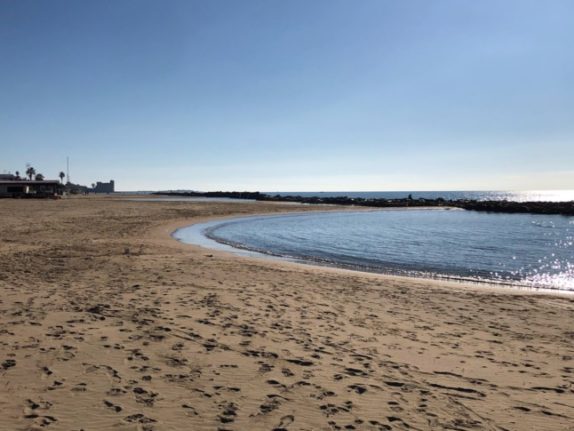
READ ALSO: MAP: Which regions of Italy have the most Blue Flag beaches?
The twin beaches of Santa Severa and Santa Marinella, while a little further out, are both without walking distance of stations that can be reached via a direct train from Rome.
Day trip to a lake
Not such a fan of the seaside? There are plenty of swimming lakes around Rome that can be visited by train for a small day-return fare.
The easiest to access from Rome are Lago di Albano and Lago Bracciano, both a little over one hour from city centre train stations.
READ ALSO: TRAVEL: Why now’s the best time to discover Italy’s secret lakes and mountains
Both have shores and lidi that can be accessed via a short journey on foot walking downhill from the nearest train stop. You have the option of paying for a sunbed at a private lido or simply laying down your towel on a free section of the shore.
Outdoor opera at Terme di Caracalla
If you’ve ever dreamt of attending an opera under the stars amongst ancient Roman ruins, now’s your chance.
Every summer sees the Terme di Caracalla thermal baths in Rome host a series of after-dark operatic and ballet performances. The season ends on August 9th, but until then you can catch Carmen, The Barber of Seville, and Notre-Dame de Paris.
Performances start at 9pm. Tickets can be bought here.
READ ALSO: Seven things to do in Italy in summer 2022
Jazz concerts at Casa del Jazz and Castel Sant’Angelo
Summertime 2022 at the Casa del Jazz features a series of outdoor evening concerts in the Villa Osio park. The programme runs until August 7th.
If that’s not enough jazz for you, Castel Sant’Angelo near the Vatican is also putting on ‘Classic Mit Jazz‘ on August 11th – a fusion of jazz and classical music with an ensemble that features a sax and drums as well as a violin and cello. Tickets are €12 full price, €2 for 18-25 year-olds.
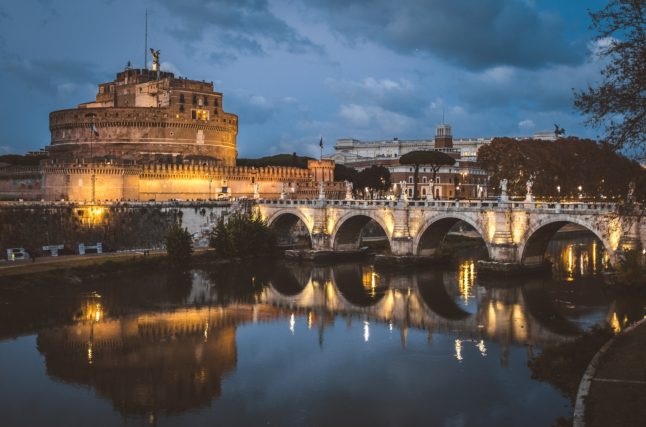
The event is part of the venue’s ‘Sotto l’Angelo di Castello’ festival of dance, theatre and music performances, which runs until September 25th.
Go to a museum for free
History and culture buffs who find themselves in Rome on August 7th are in luck: on this date (the first Sunday of the month) the city’s civic museums are open to all for free.
READ ALSO: Ten ways to save money on your trip to Italy this summer
That means you can visit popular sites like the Pantheon, the Colosseum, the National Museum, Palazzo Barberini, the ancient city of Ostia Antica, the Caracalla and Diocletian thermal baths, and Villa Adriana and Villa d’Este without paying a cent.
A full list of the museums and sites included in the scheme can be accessed here (this is a nationwide initiative involving hundreds of museums all across the country; search ‘Lazio’ to see which venues are included in and around Rome).
Attend a guided tour of the Colosseum under the stars
Every Thursday, Friday and Saturday night this August (and until the end of October) you can take a nighttime tour of the Colosseum featuring video projections and audio narration.
READ ALSO: TRAVEL: Nine tips for making the most of a Rome city break
| Banner ad |
The tour lasts one hour, with slots available between 8pm and midnight.
Tickets cost €25 full price and €20 for under-25s, and can be bought here.
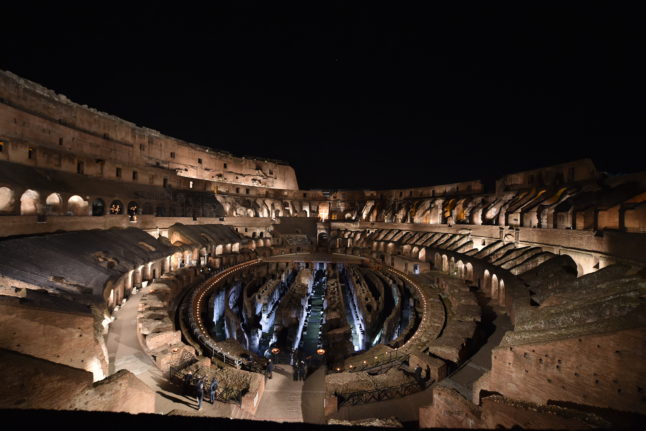
Witness a midsummer snowstorm
Every year on August 5th Rome commemorates the ‘miracle of the snow’ outside the basilica of Santa Maria Maggiore.
Legend has it that on the night of August 4th in 358 BC, the Virgin Mary appeared in a dream before a noble Roman couple and showed them where to build a church in her honour.
READ ALSO: How to avoid huge ‘roaming’ phone bills while visiting Italy
The next morning the couple related the dream to Pope Liberius, who had had the same vision. He went to the place and found it covered in snow in the middle of summer. Tracing an outline, he demarcated the foundations, and had the church built on that spot at the couple’s expense.
The annual event starts at 9pm, with performances and music set against the backdrop of moving images and light plays projected on the basilica’s facade, and culminates in a midnight ‘snowstorm’ on the piazza outside.

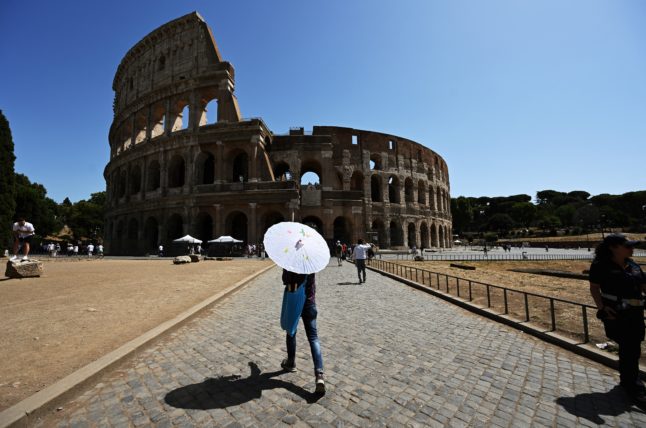

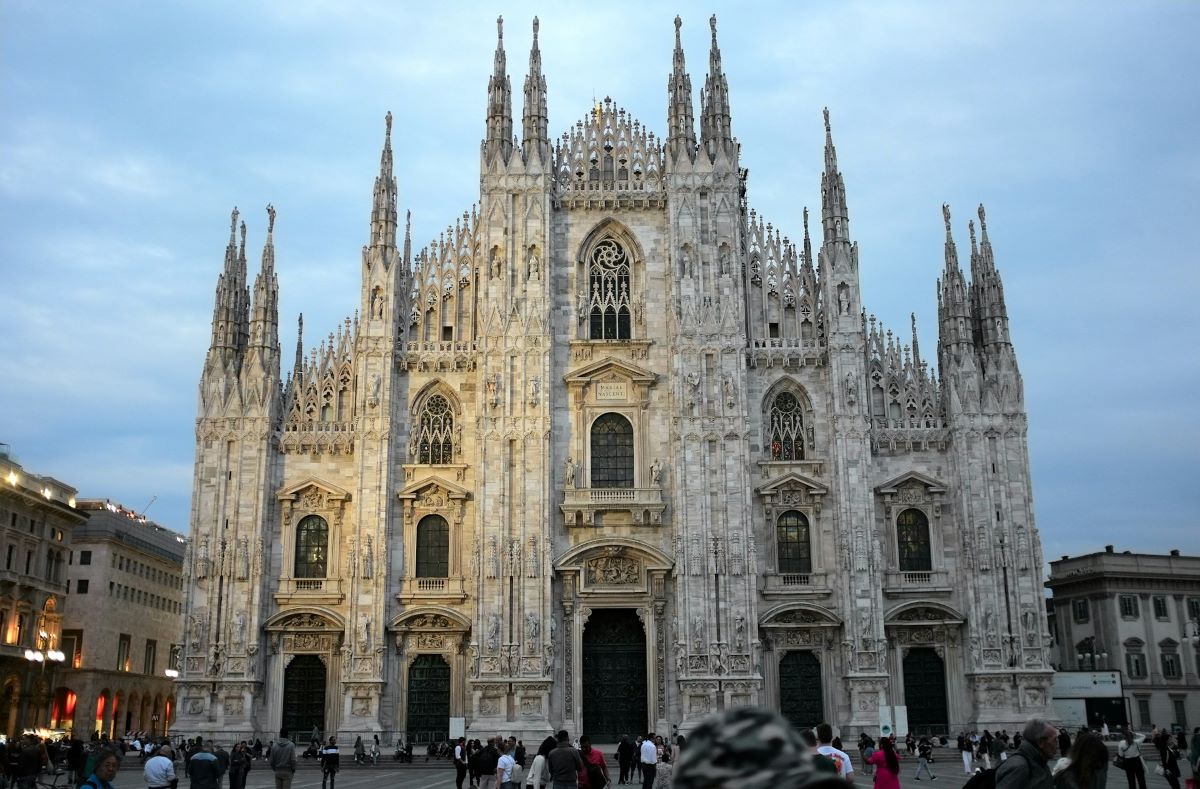
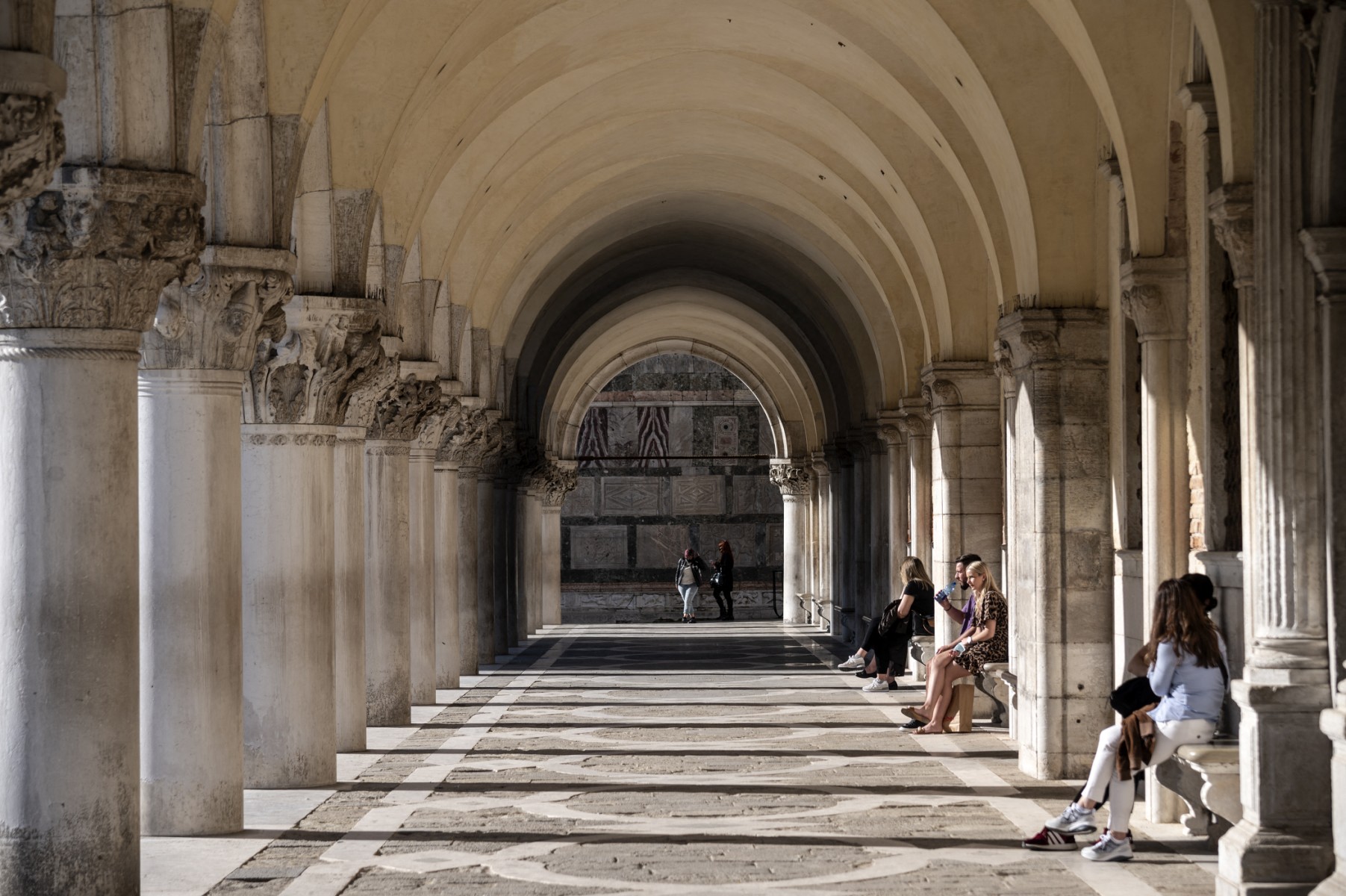
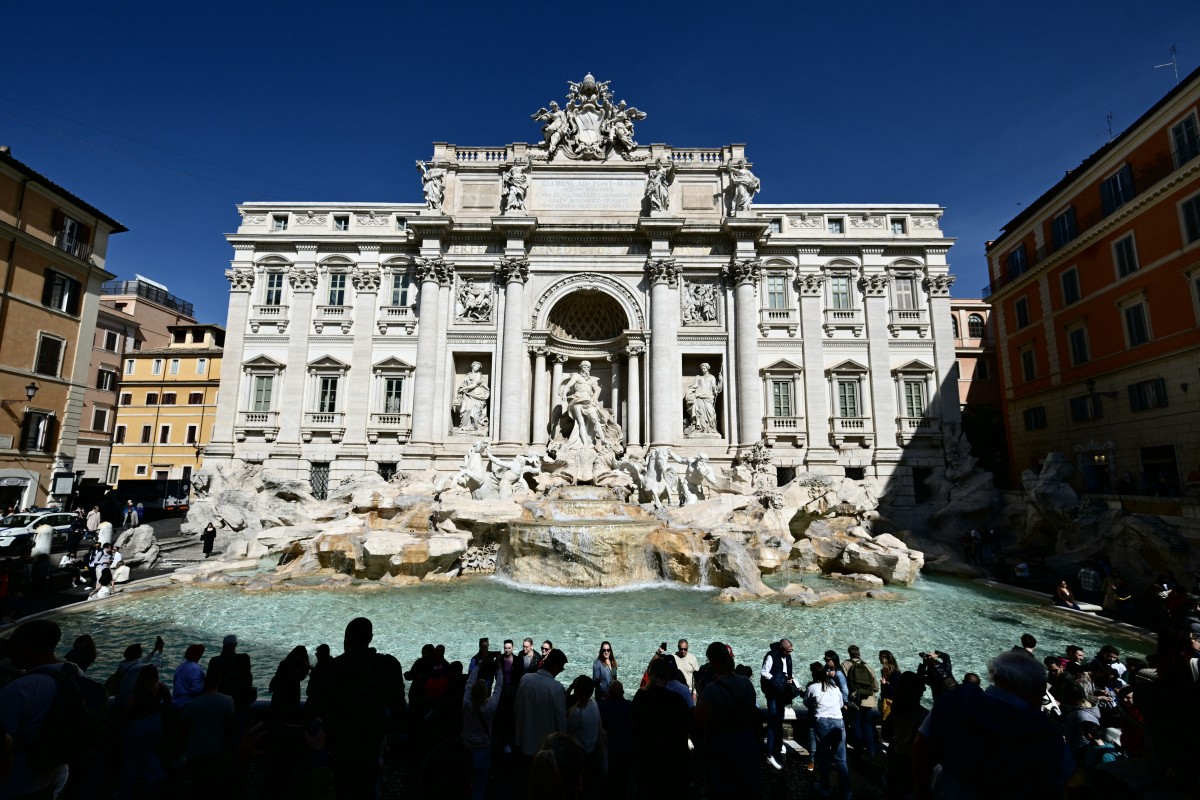
 Please whitelist us to continue reading.
Please whitelist us to continue reading.
“Legend has it that on the night of August 4th in 358 BC, the Virgin Mary appeared in a dream before a noble Roman couple and showed them where to build a church in her honour.”
…I think you meant 358 AD. Not 358 BC (358 years before Christ).